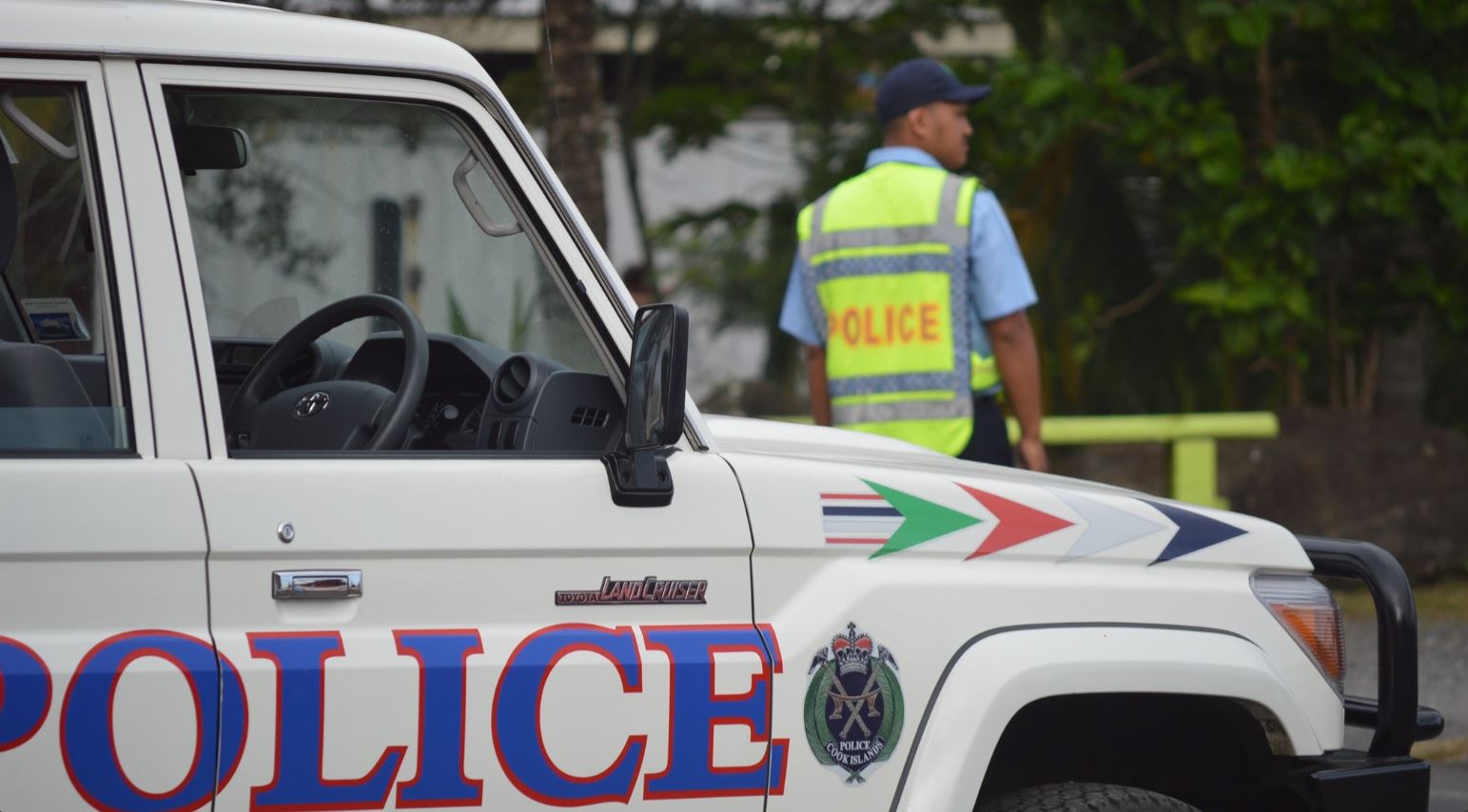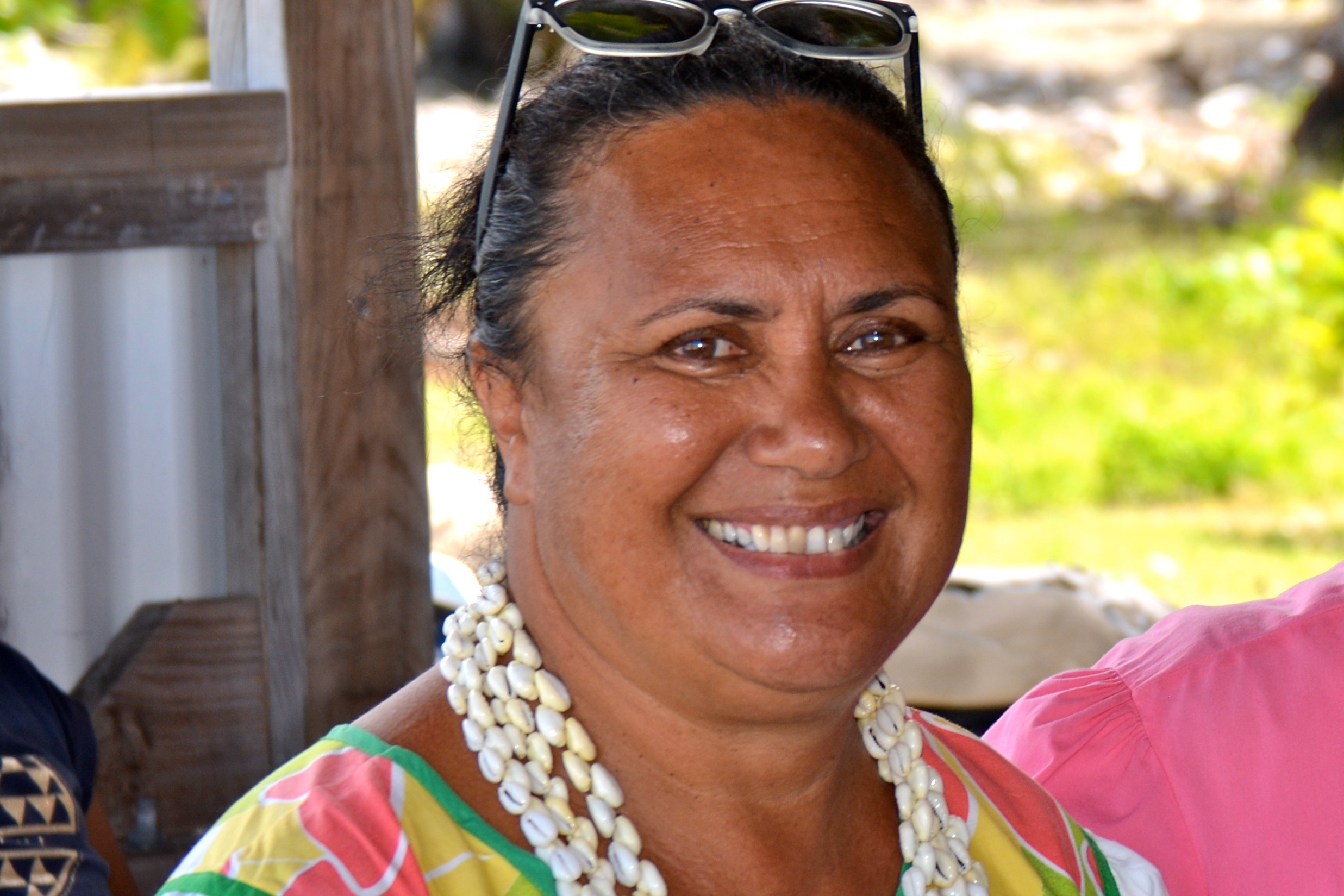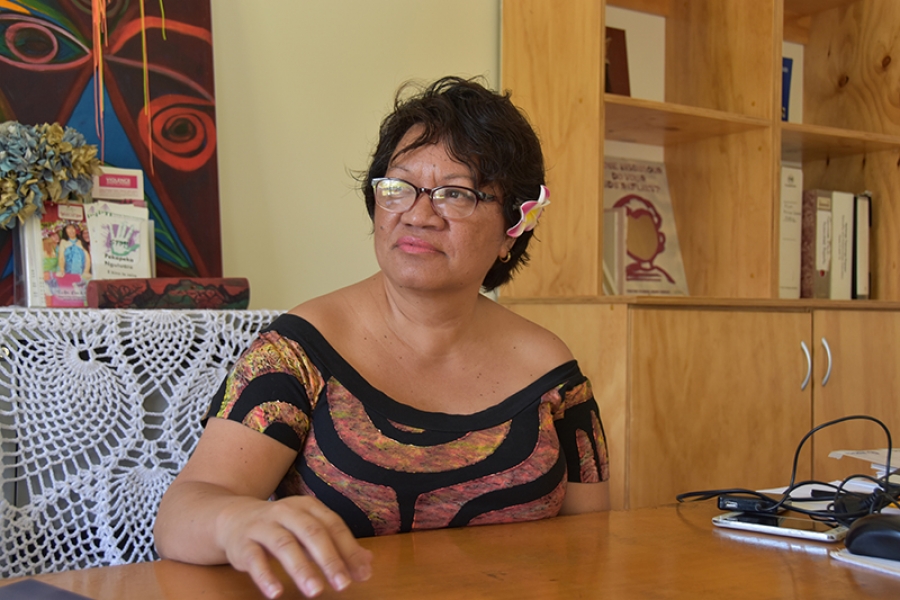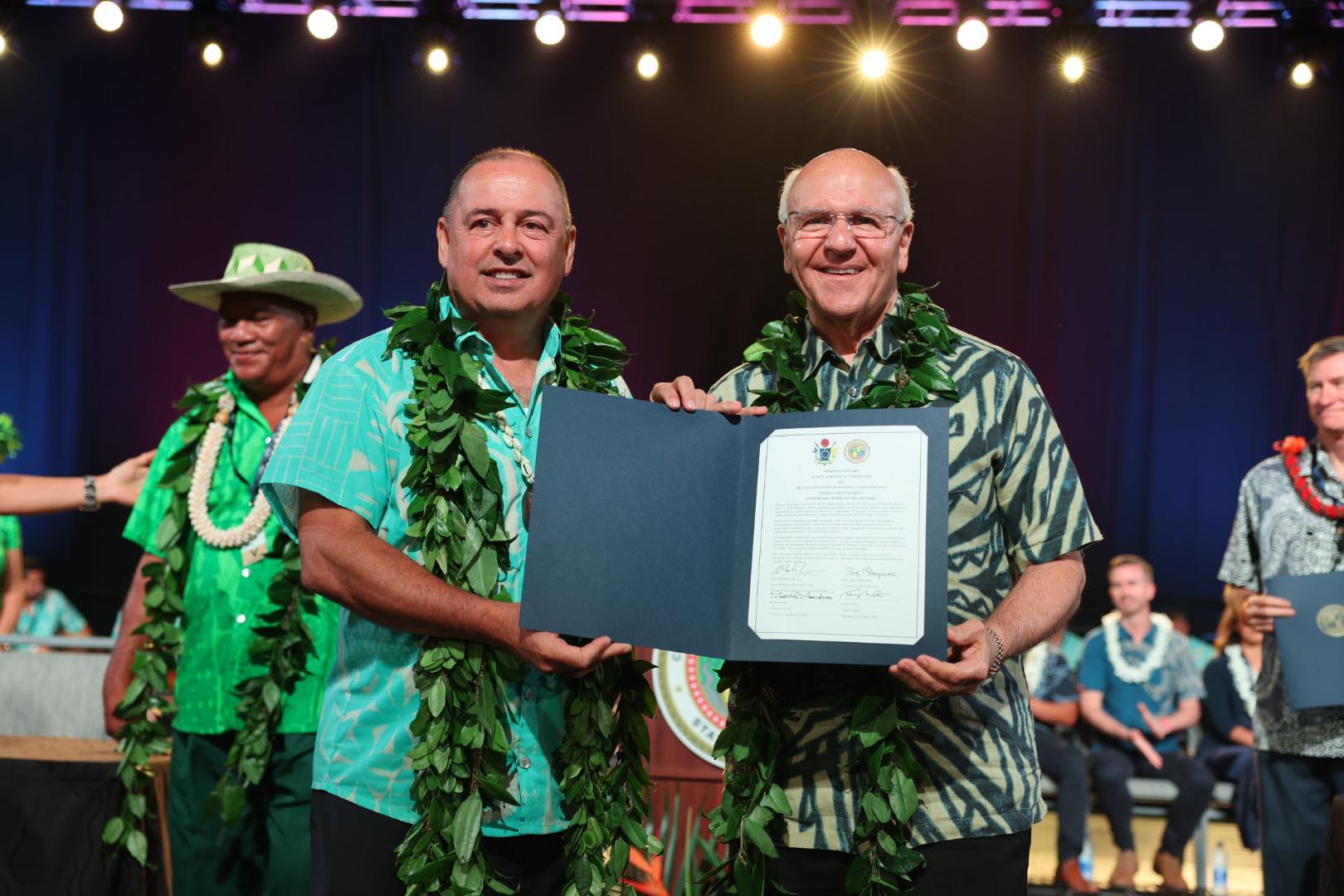Letters: Addressing crime, ensuring safety in Rarotonga
Thursday 21 September 2023 | Written by Supplied | Published in Letters to the Editor, Opinion

Dear Editor, Rarotonga, our beautiful island and popular tourist destination, is currently facing a growing challenge due to increasing crime rates.
This pressing issue not only affects our local
community, but also endangers our thriving tourism industry – our nation’s
primary source of income. We must urgently address the root causes of this
problem and implement effective solutions to ensure the safety and well-being
of both residents and visitors alike.
To develop effective strategies for reducing crime in Rarotonga, it’s crucial
to first understand the underlying issues contributing to its escalation.
Factors that may lead to increasing crime rates include unemployment, substance
abuse, lack of educational opportunities, and social problems within the
community.
1. Assaults: Financial or personal struggles, easy access to alcohol, or poor
impulse control can drive individuals towards violence. Some offenders may have
grown up in environments where violence was normalised or used as a coping
mechanism.
2. Theft: A desire for material possessions or financial gain might motivate
individuals to steal. Drug addiction or extreme poverty can also fuel these
actions.
3. Traffic Offenses: Reckless driving or driving under the influence of alcohol
or drugs can cause traffic offenses and accidents, putting people at risk and
damaging property.
4. Excessive Drinking: Alcohol misuse can exacerbate existing social issues and
significantly contribute to violent crimes.
Recognising and acknowledging these issues is vital for successfully addressing
them. Here are some potential solutions for these challenges:
1. Education and Awareness Campaigns: Initiating programmes that raise
awareness about the negative impacts of alcohol abuse, promote responsible
drinking habits, and encourage healthy coping mechanisms among residents can
reduce alcohol-fueled violence.
2. Employment Opportunities: Creating job opportunities tailored to individuals’
skills and interests can alleviate financial desperation as a driving factor
for crime.
3. Community Policing: Fostering trust and collaboration between law
enforcement and the community is key. Establishing neighbourhood watch programmes
and involving local leaders in crime prevention strategies may encourage locals
to actively participate in creating a safer community.
4. Rehabilitation Programmes: Supporting individuals struggling with addiction
or those involved in criminal activity offers an alternative path towards
reintegration into society. Programmes may involve vocational training, counselling,
or mentorship.
5. Traffic Safety Initiatives: Strengthening enforcement of traffic laws,
offering ongoing driver education programmes, and increasing penalties for
repeat offenders can deter dangerous driving practices.
6. Building Confidence and Self Esteem: Empowering individuals to reach their
full potential and positively impact those around them.
By addressing the root causes of rising crime rates, local authorities can
collaborate with residents to implement lasting solutions that improve safety
and the overall quality of life. This united approach will strengthen the
community and protect Rarotonga’s essential tourism industry, ensuring
long-term success and prosperity for the island.
Sammy Mataroa













































